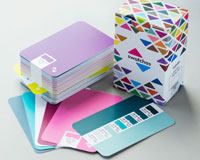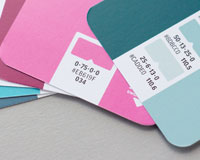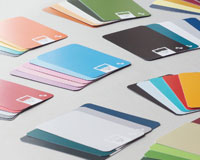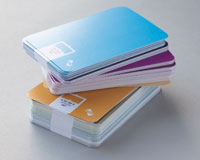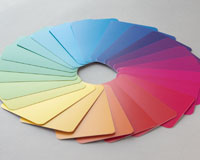for people who design things, then print them
10 Top Tips For digital textile printing
Supported Article
Sabur Ink Systems got in touch recently. They specialise in digital textile printing – something which I know very little about. But they've outlined ten top tips below to get us started.
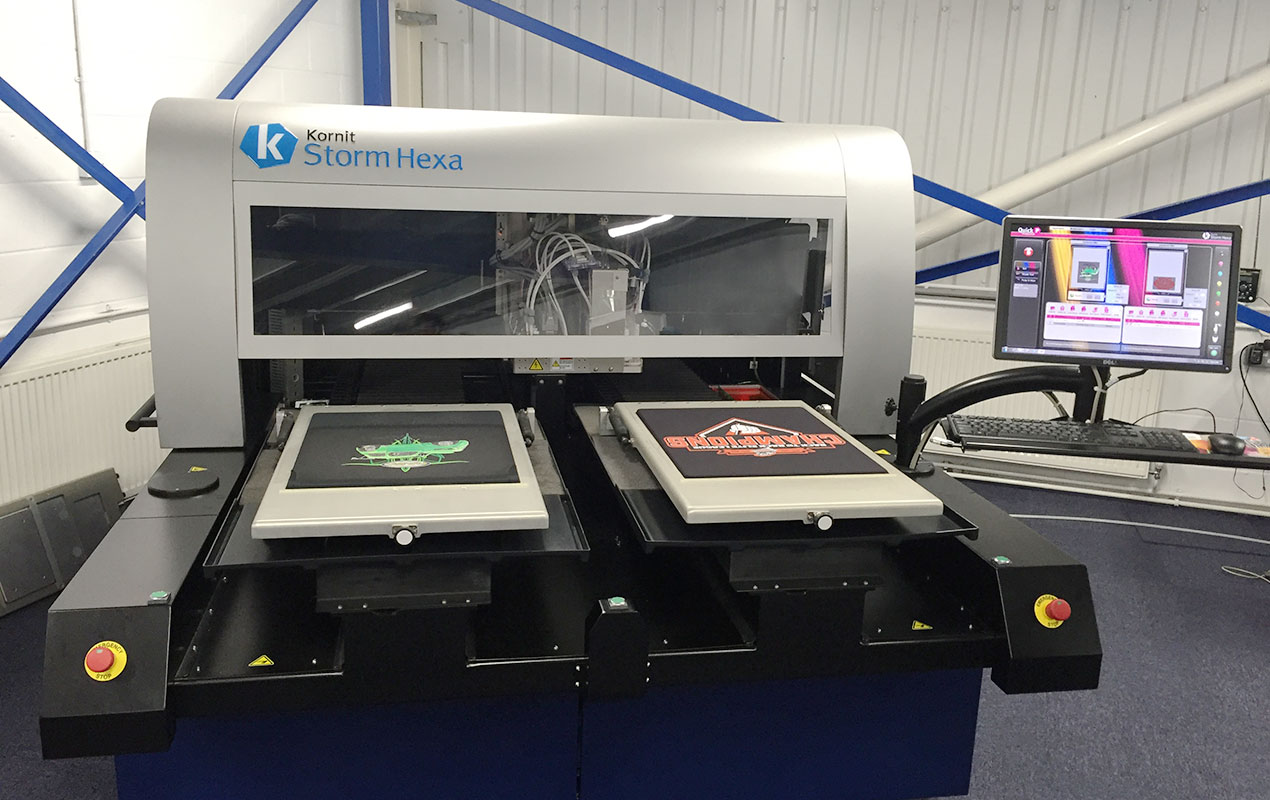
If you’re looking to enter the direct to garment printing market, it’s likely you’ll have a few questions about the process and capabilities of the technology. Therefore in this blog we take a look at the “Top 10 Tips” for digital textile printing and the potential benefits it could bring to your business.
1. Why should I consider printing on textiles?
Due to developments in direct to garment printing technology, the textile printing sector not only offers a diverse market, but also provides a very profitable revenue stream to business owners.
2. What situations suit printing on textiles?
Today’s leading brands utilise textile printing to increase brand awareness and drive sales. As a result they’re a number of situations where printed garments or textiles are required. From marketers looking to amplify a brand awareness activity such as a conference or trade show, to business branded workwear and point of sale textiles. Plus there’s also a growing requirement within B2C sector including personalised home furnishings, accessories and printed sports team apparel.
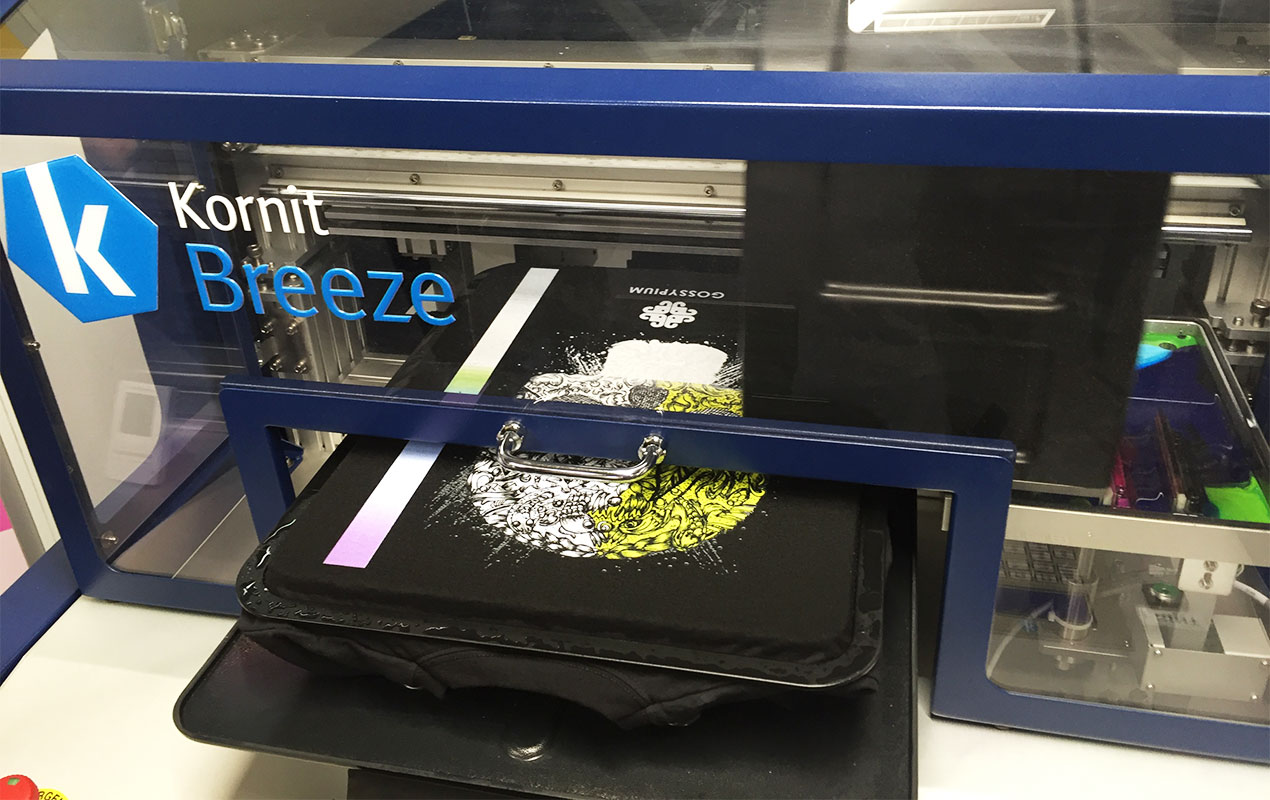
3. How does my artwork need to be set up textiles? How does it differ from flyers, brochures etc?
Direct to textile printing uses a very similar method to traditional print, but ideally you should use 300 dpi and digital formats such as Tiff, PDF, EPS and PSD.
4. What is the most cost effective way to print onto textiles, can you print white onto a coloured fabric for example?
This all depends on the type of fabric. The best method for polyester textiles is sublimation transfer, however you won’t be able to print white images or text. With cotton products, which are very popular with customers exhibiting at trade shows, you can use pigment printing which means you can easily print white onto dark textile items.
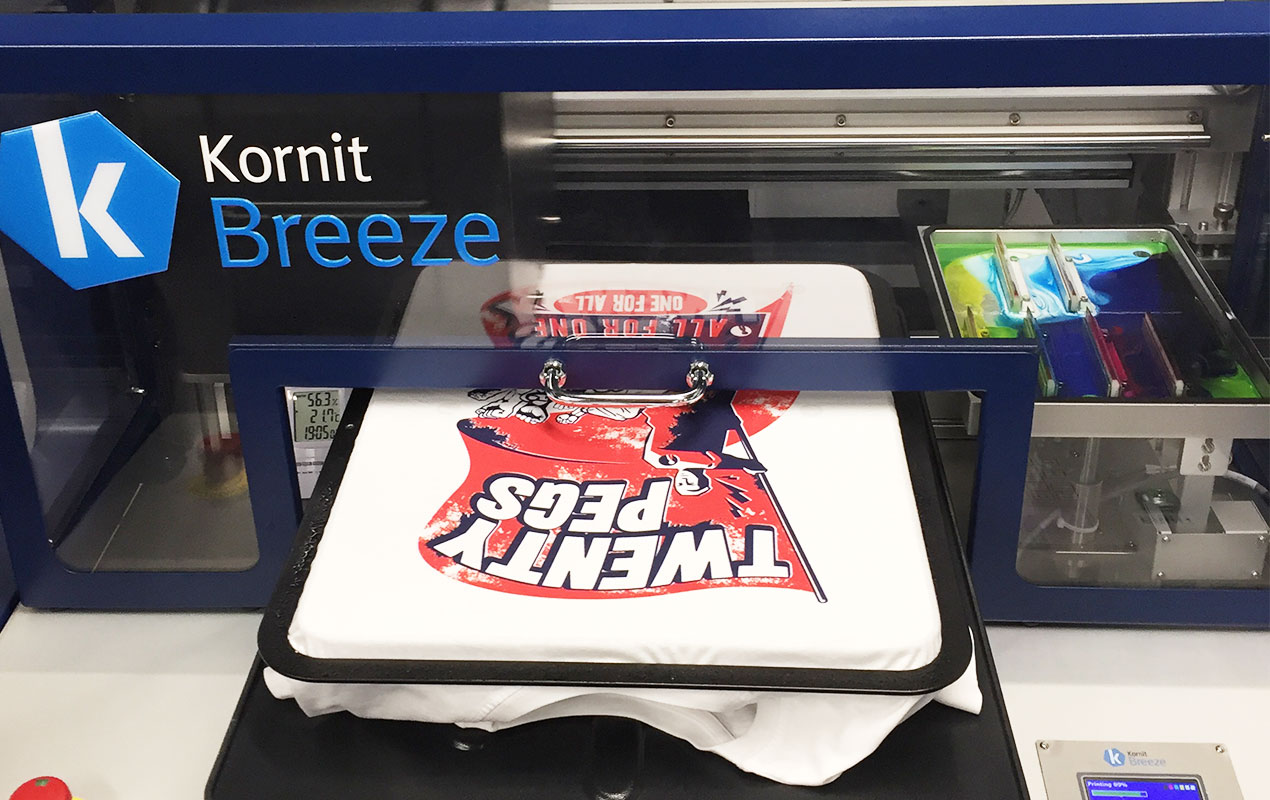
5. What is the most popular textile to print on?
Due to growing requirement for organisations to increase their brand awareness, corporate T-shirts and textile bags are currently the most popular items.
6. Which textile shouldn’t I print on?
With pigment printing you can print onto almost any textile as long as it doesn’t have a waterproof coating. However when printing onto light weight fabrics, you’ll need to be careful with the amount of ink you use otherwise it could result in you loosing the original hand feel and drape of the fabric.
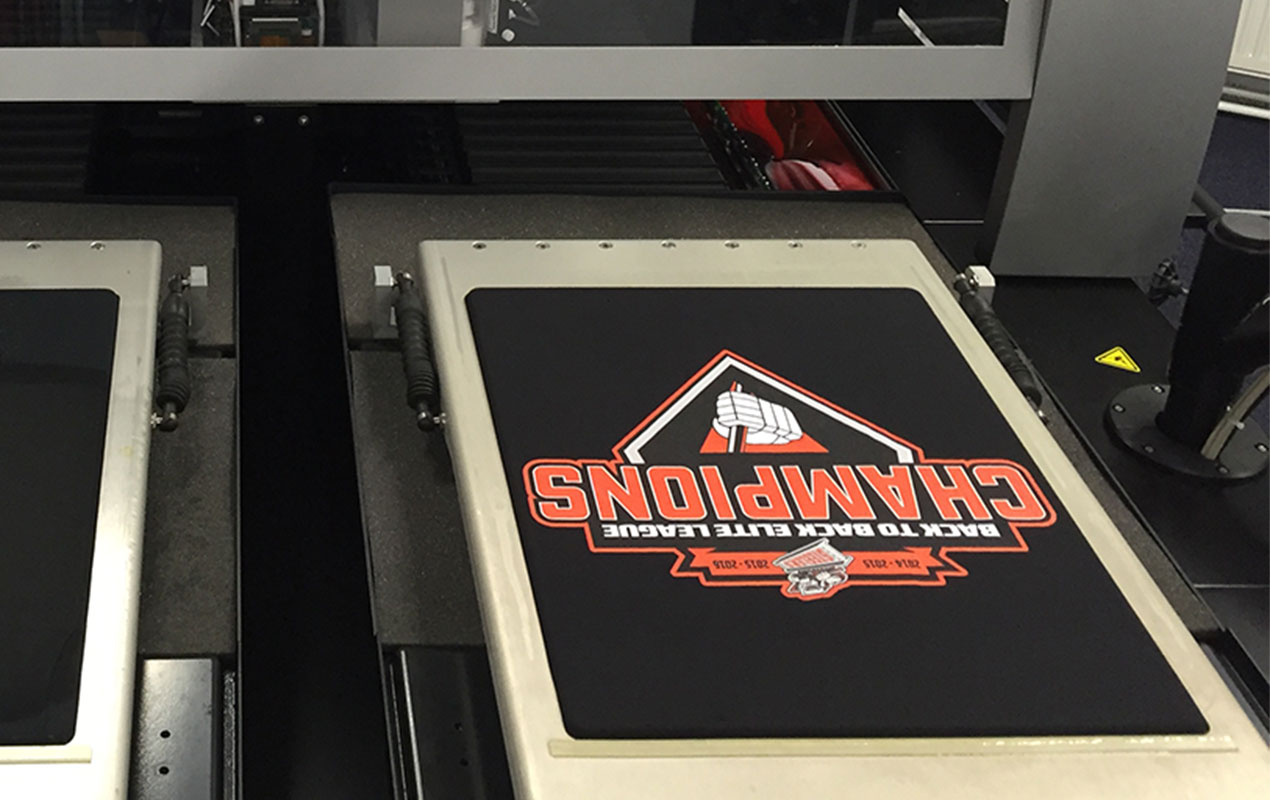
7. Why would I choose digital textile printing over more traditional methods?
Compared to the traditional process, digital textile printing has a considerably shorter production method in terms of both time and machinery. An added bonus if your customer requires their print order as soon as possible. Plus for those of you who wish to consider environment issues, digital textile printing saves a HUGE amount of water compared to conventional printing.
8. Are there any things I need to keep an eye on which could hugely increase the cost of the job?
Not really, as it doesn’t cost any more to print a photo image compared to a textile pattern. The only thing which will increase the cost of a job is if you need to print a dark heavy colour, compared to say a pastel shade.
9. Can I use spot colours?
Depending on the type of direct to garment printer, the answer will most probably be yes, as a number of digital textile printers allow you to add colours to the configuration. For example red, green or florescent colours.
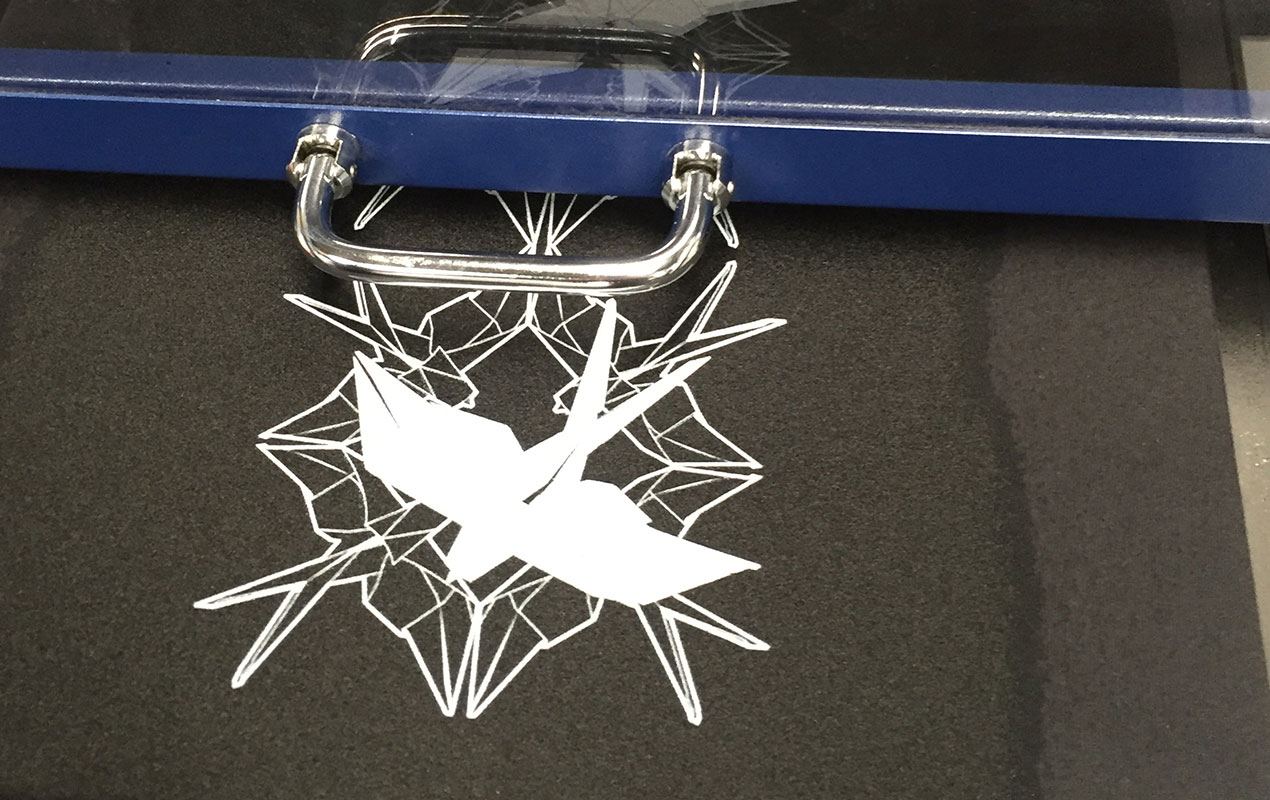
10. Does it use CMYK?
The simple answer is yes! CMYK comes as standard with the option of additional colours dependant on the type of printing machinery.
As you can see, due to developments in digital technology. Digital textile printing now offers a substantial range of printed garment opportunities to both customers and print business owners alike.
Swatchos

Choose Colours With A Deck Of Cards
A box of cards for choosing colours and making colour schemes.
- 130 Cards
- CMYK Values
- RGB Values
- 900 Colours
- Millions of combinations
£36 / $47 / €43
Brought to you by
Swatchos
Pick Colours With A Deck Of Cards
A box of 130 cards for playing with colour. For digital or print creatives. RGB and CMYK values. Millions of combinations.
